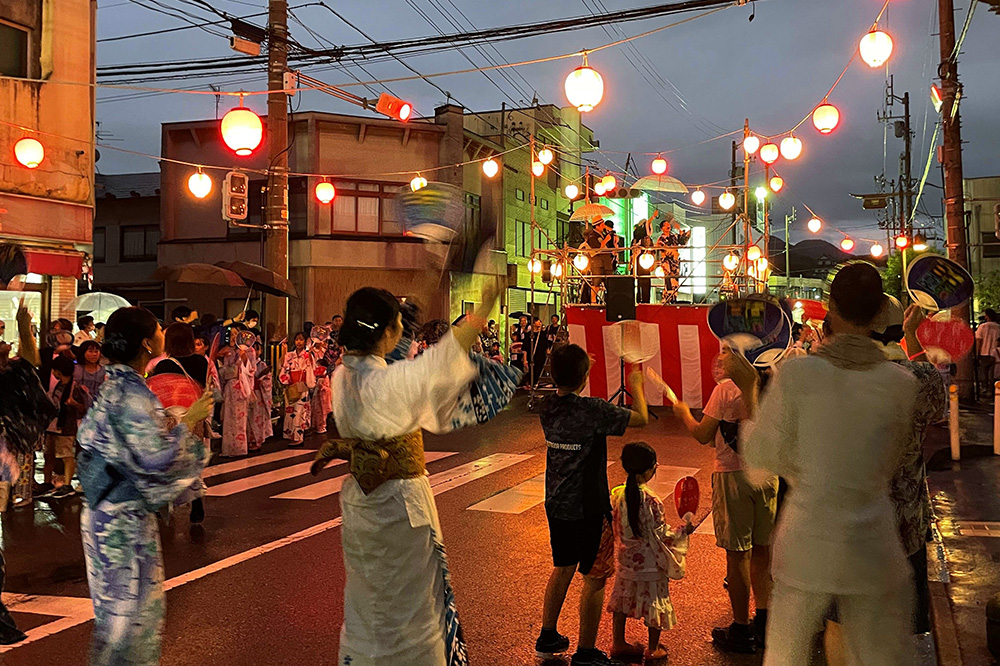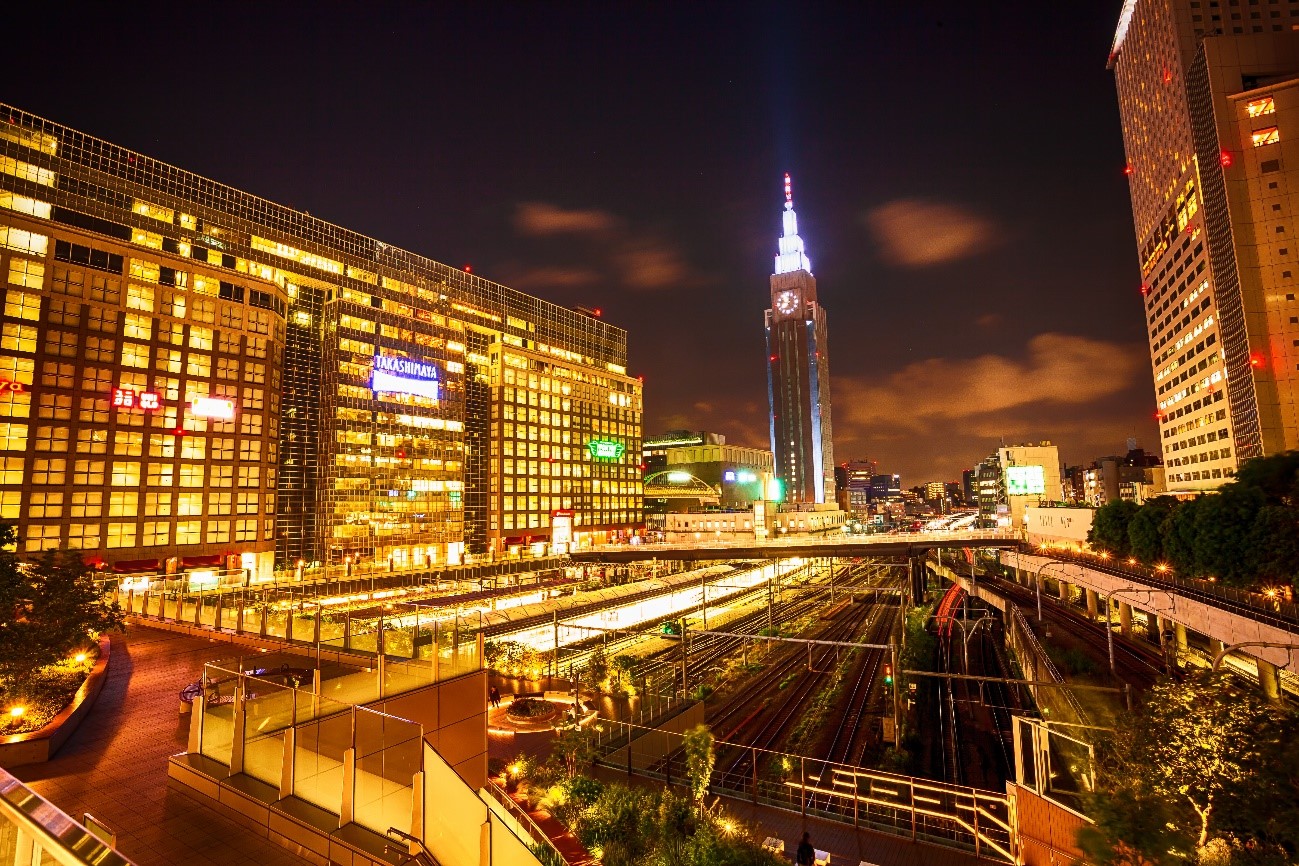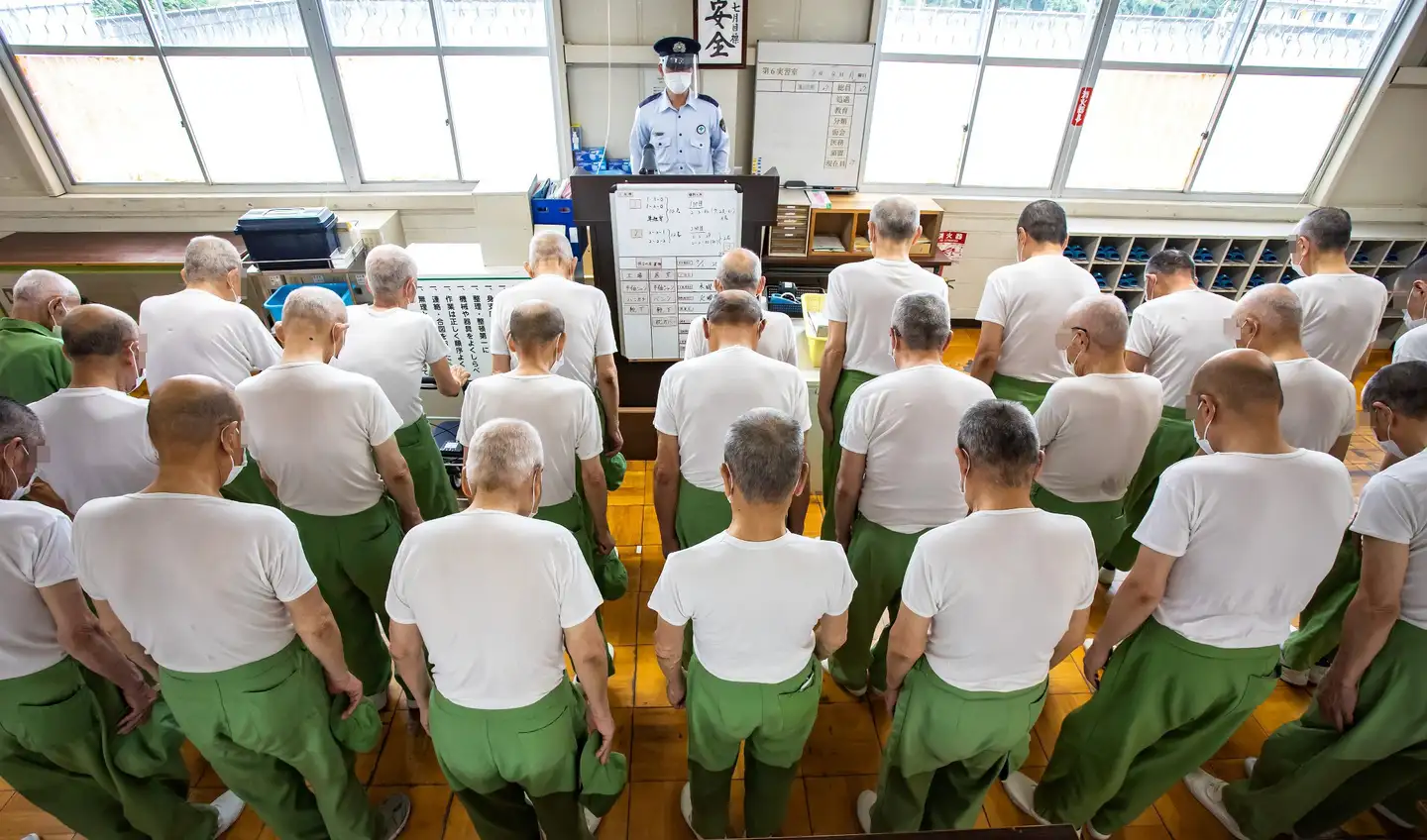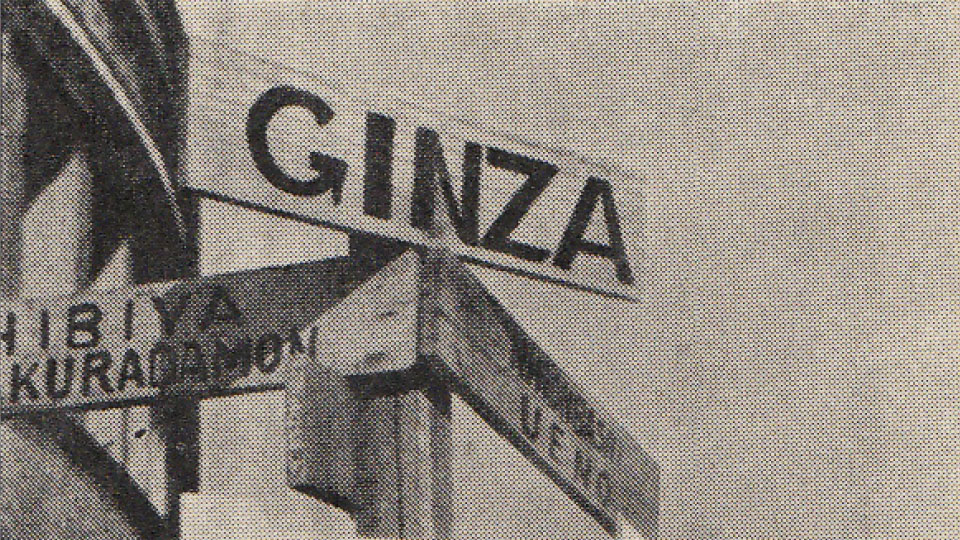A Season of Heat and Heartbeat
Summer in Japan is notoriously hot and humid, yet it’s also a time when the country bursts into vibrant celebration. This is the season of Natsu Matsuri (夏祭り)—a collective term for the many traditional summer festivals held from July through August across the nation. Unlike specific festivals such as the Hanabi Taikai (fireworks festivals) or Fukagawa Matsuri, Natsu Matsuri encompasses a wide variety of regional events, each infused with local culture and community pride. These gatherings are not just entertainment; they are a reflection of Japanese identity, history, and shared joy. From Aomori’s Nebuta Matsuri to Kyoto’s Gion Matsuri and Tokyo’s Edo San Dai Matsuri, these festivals attract both domestic crowds and international visitors alike.
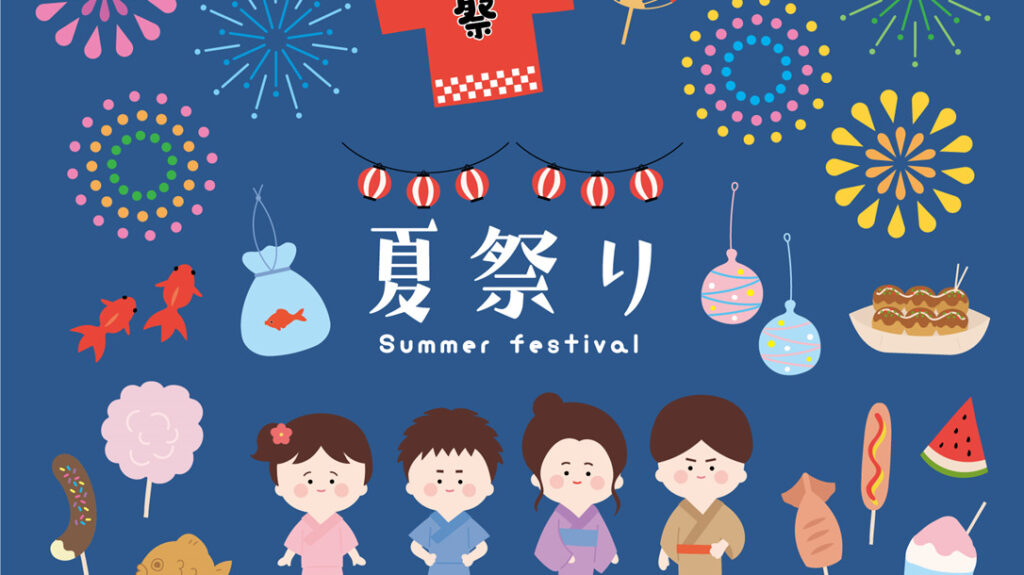
Yukata: The Spirit of Summer Worn with Grace
In anime and real life alike, characters and festival-goers are often seen wearing traditional attire. While it’s not required, many opt for the yukata (浴衣)—a casual, lightweight summer garment that is simpler and more affordable than the formal kimono. Originally used as post-bath loungewear by commoners, yukata have evolved into a seasonal fashion statement.

Dressing up in a yukata involves more than just the robe; it includes elegant hairdos, decorative hairpins, stylish handbags, traditional wooden clogs (geta), and even coordinated nail art. This full ensemble enhances the festive mood, with streets filled with friends and couples showing off colorful patterns. Yukata are worn by all generations—from kindergartners at school festivals to elderly participants—making them a beautiful symbol of community inclusiveness.
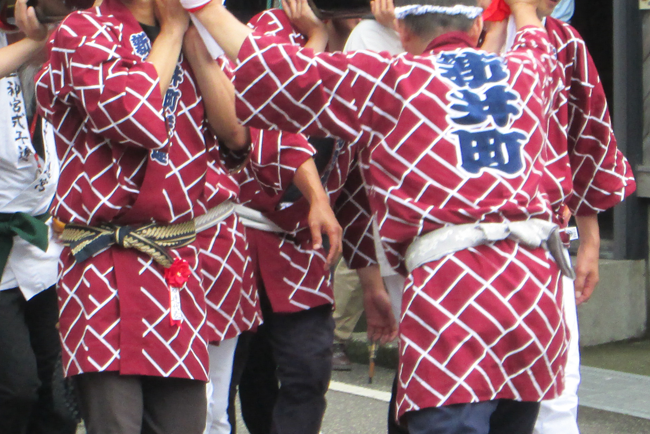
Performers at Natsu Matsuri, on the other hand, wear matsuri hanten (祭半纏)—a short, flexible coat designed for movement. These are often adorned with family crests or symbolic patterns and are also seen in modern Japanese businesses for promotional use, reflecting Edo-era tradition with contemporary flair.
A Festival for the Senses: Food Stalls and Summer Treats
No Natsu Matsuri is complete without the sight and smell of yatai (屋台)—colorful food stalls lining the streets. While anime often highlights romantic scenes under fireworks, for many, the real stars are the skewers, snacks, and sweet treats.
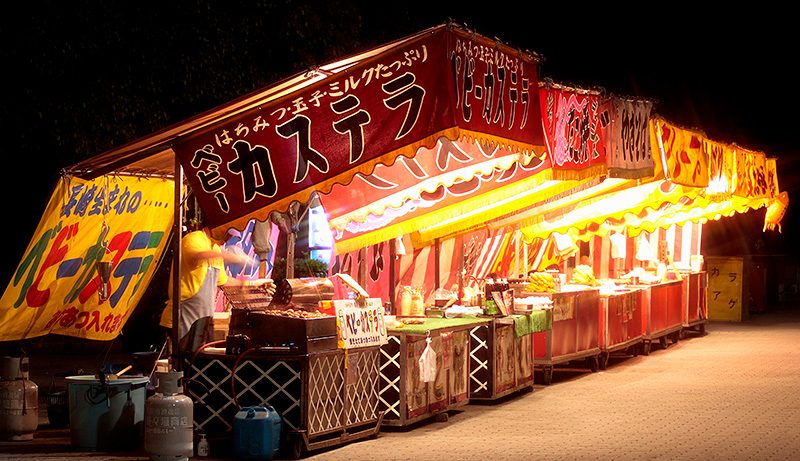
Expect to find Japanese-style teppanyaki, yakisoba, oden, and a wide array of chilled delights. Among the must-try desserts is kakigori—fluffy shaved ice in vibrant colors, a nostalgic favorite among kids and adults alike. Other seasonal specialties include ice-chilled watermelon, mint drinks, and kingyo-ame—goldfish-shaped hard candy.
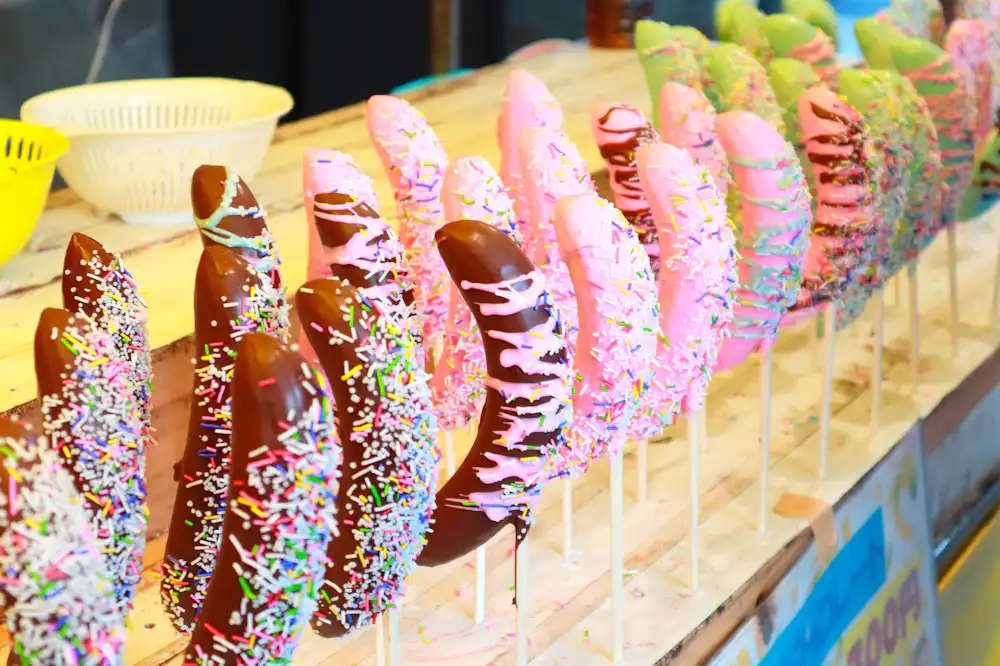
Two iconic treats often featured in pop culture are:
- Choco Banana (チョコバナナ): A whole banana dipped in chocolate and served on a stick, with flavors like classic chocolate, melon, or strawberry.
- Ringo Ame (りんご飴): A glossy, candy-coated apple—visually appealing but tricky to eat, often leading to comical yet charming festival moments.
Games, Floats, and Community Connection
Beyond food, yatai also host nostalgic carnival games like goldfish scooping (kingyo-sukui) and ball scooping, evoking the feel of old-time cultural centers. But the visual centerpiece of many Natsu Matsuri is the dashi (山車)—ornate floats believed to be vehicles for deities.
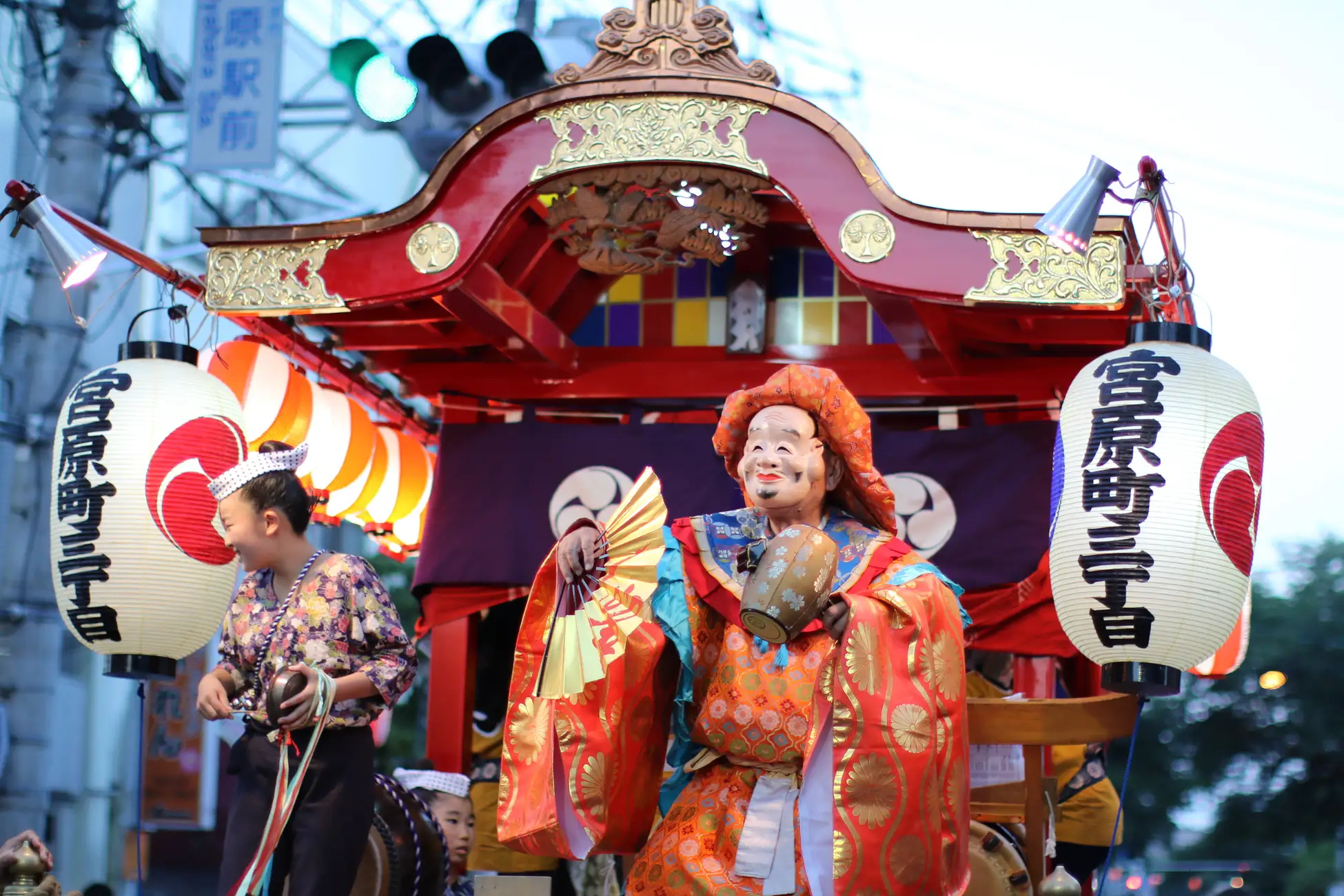
Floats vary in style and may feature singers, dancers, or taiko drummers. While some are wheeled, many are carried by hand in rhythmic procession—a display of devotion and teamwork. The sight of hundreds moving in unison, accompanied by chants and instruments, creates a captivating atmosphere.
In cities like Tokyo, districts such as Asakusa, Koenji, Shimokitazawa, and Roppongi host their own unique parades and dances, turning the streets into stages of local pride. Among the most famous is the Koenji Awa Odori, attracting over a million people each year.
Originally a mourning ritual from Tokushima, Awa Odori has transformed into a joyful, participatory dance. While easy to learn, it’s hard to master—men must dance with low, grounded movements, while women in geta sandals perform delicately on their toes, requiring stamina and precision. The iconic chant,
"Odoru Aho ni Miru Aho, Onaji Aho Nara Odoranya Son Son"
("The dancing fool and the watching fool—if both are fools, you might as well dance!")
perfectly captures the spirit of joyful inclusion.
Hanabi Taikai: Fireworks That Light Up the Soul
Few summer images are as iconic as fireworks (hanabi) lighting up Japan’s night sky. A central part of Natsu Matsuri, Hanabi Taikai symbolizes both celebration and reflection.
Major events like Sumidagawa Fireworks Festival and Jingu Gaien Hanabi Taikai in Tokyo launch 10,000 or more fireworks each. Young couples in yukata gather early to claim spots, sip on cold beer, take selfies, and enjoy the fleeting magic of summer nights. These scenes often appear in anime for a reason—there’s something truly cinematic about them.
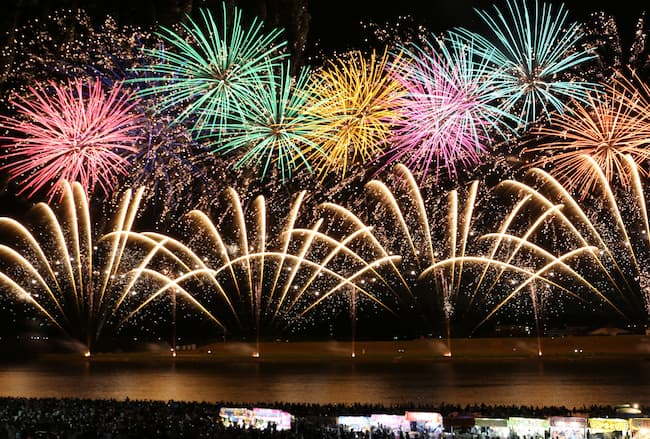
Historically, fireworks in Japan date back to the Edo period, as seen in ukiyo-e prints like Utagawa Kunitora’s Edo Ryogoku Bridge Fireworks Scene. Despite fire hazards from wooden homes, the excitement never waned.
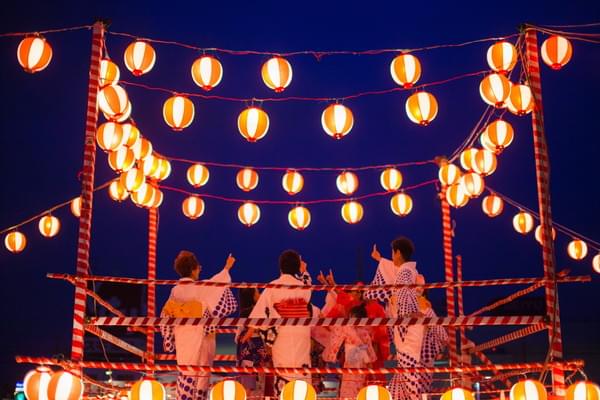
Japan’s summer is hot—but it’s also sweet.
It’s the sacred dust of Koshien, the sparkle of yukata in the crowd, the bang of fireworks overhead. It’s youth, love, nostalgia—and most of all, community.
Time may pass, but the memory of Natsu Matsuri burns on—a summer festival forever alive in the heart.
Related Articles
You may also like...
International Hostess Bar Since 1993
夢
ORIGIN
・ International Hostess Bar since 1993
・ Japanese Hospitality with International Service
・ Diverse and Charming Floor Ladies
・Located in Shinjuku, Tokyo
・Transparent Pricing
・Easy Online Reservations

